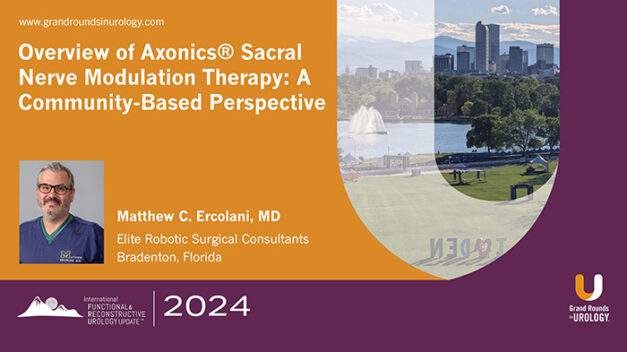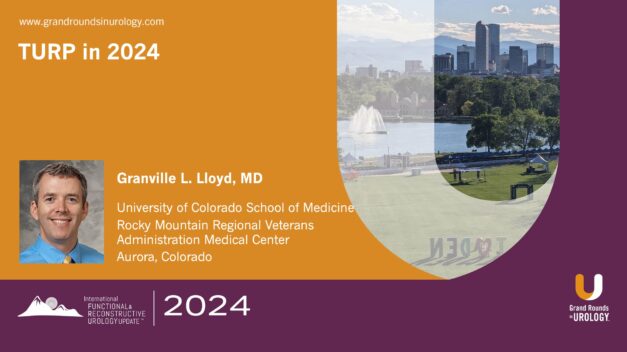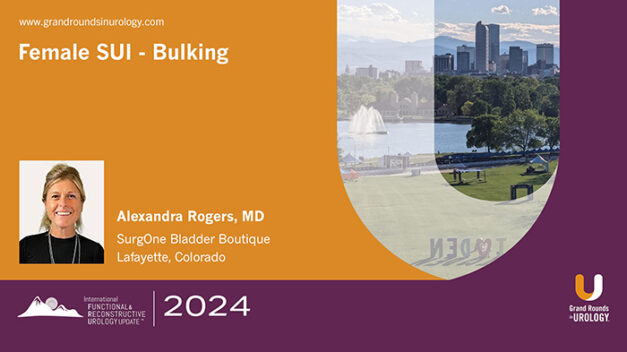Non-Invasive Therapies for OAB
Janine L. Oliver, MD, focuses on updated treatment approaches in non-invasive therapies for overactive bladder (OAB). In this 9-minute presentation, Oliver discusses abandoning the previous step-therapy model and now highlights a broader range of non-invasive options.
Oliver discusses the new guideline category of non-invasive therapies requiring active patient participation. Of particular interest are stimulation therapies such as transcutaneous tibial neuromodulation (TTNS) and magnetic stimulation, which offer non-invasive, at-home treatment options. While non-invasive therapies remain crucial in OAB management, Oliver emphasizes the need for more research into these novel approaches. These therapies hold promise but require further exploration to optimize patient outcomes.





